Introduction
Bahla Fort is one of Oman’s most remarkable historical sites and a UNESCO World Heritage Site, known for its impressive architecture and historical significance. Located in the Dakhiliyah region, this ancient fort tells the story of Oman’s rich past, dating back to the 13th and 14th centuries. It stands as a testament to the ingenuity of the Banu Nebhan tribe, who played a crucial role in shaping Oman’s history.
With its towering mud-brick walls, labyrinthine corridors, and centuries-old defensive structures, Bahla Fort has fascinated historians, architects, and travelers alike. Its strategic location along ancient trade routes made it a powerful stronghold, influencing the economic and cultural landscape of the region. Today, the fort stands as a symbol of Oman’s enduring legacy, attracting visitors eager to explore its mystical past, unique architecture, and rich cultural heritage.
This article provides an in-depth exploration of Bahla Fort, covering its historical significance, architectural marvels, cultural importance, and practical tips for visitors. Whether you’re a history enthusiast, an architecture lover, or a curious traveler, this comprehensive guide will unveil the secrets of this extraordinary site.
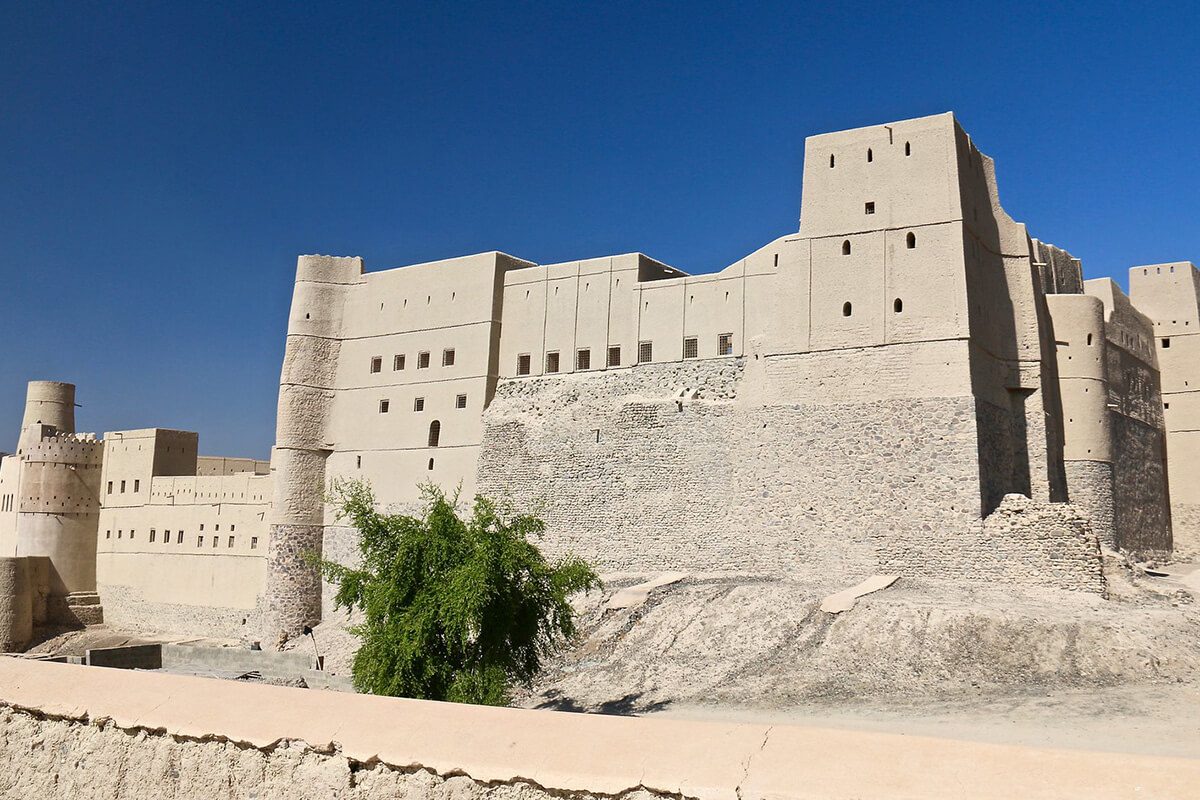
The History of Bahla Fort left a Legacy of Power and Influence
The Rise of the Banu Nebhan Tribe
Bahla Fort was constructed during the rule of the Banu Nebhan tribe, who dominated central Oman from the 12th to the 15th century. This period was marked by significant political and economic development, with Bahla emerging as a center of power. The fort served as both a defensive stronghold and an administrative hub for the region.
The Banu Nebhan were influential rulers who controlled vast trade networks, particularly in frankincense trade, which was one of Oman’s most valuable commodities. Their control over Bahla Fort allowed them to protect caravan routes, regulate commerce, and assert their dominance in the Arabian Peninsula.
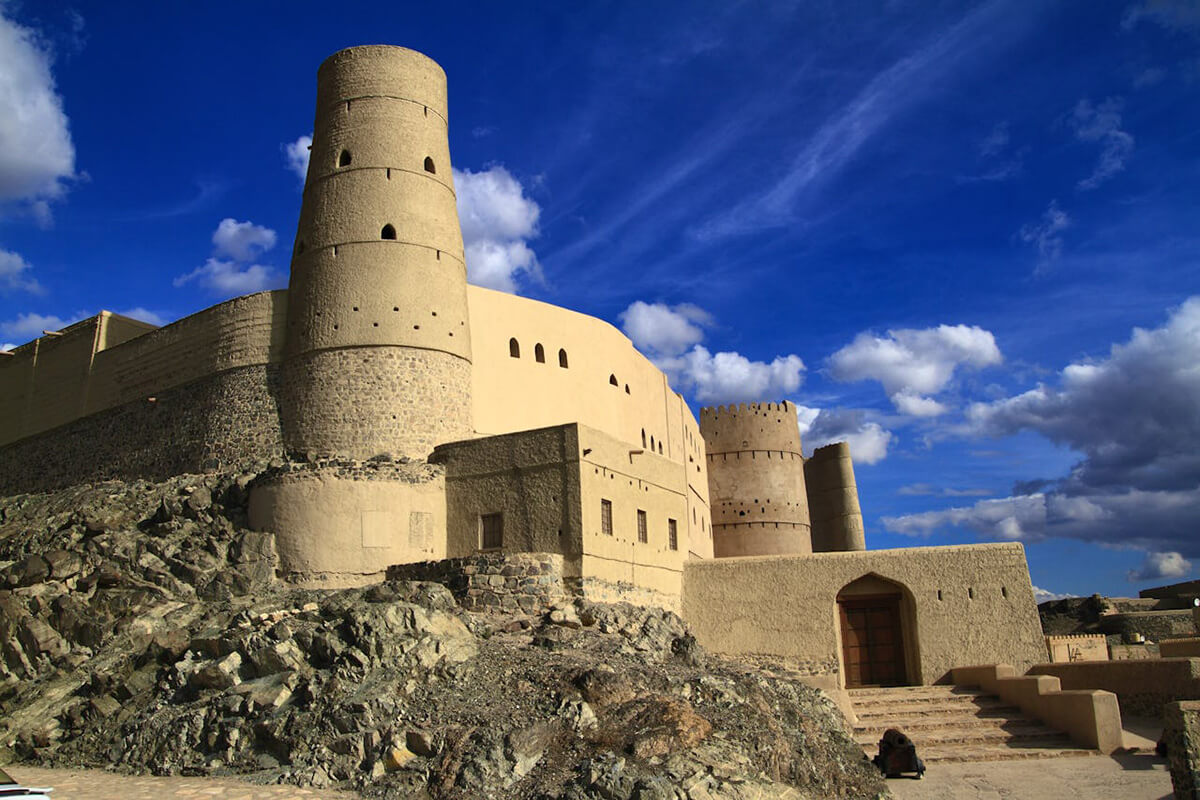
The Role of Bahla in Oman’s Trade Network
Due to its strategic location, Bahla was an essential link in the ancient trade routes that connected Oman with the rest of the Arabian Peninsula, Persia, and India. The city was particularly famous for pottery production, which remains a symbol of its artistic heritage today.
Bahla’s market was bustling with traders dealing in dates, spices, textiles, and ceramics, making it a thriving commercial hub. The fort itself provided security against external threats, ensuring that Bahla remained a prosperous economic center.

UNESCO Recognition and Restoration Efforts
In 1987, Bahla Fort was designated as a UNESCO World Heritage Site, recognizing its historical and architectural significance. However, due to structural instability, the fort was placed on the List of World Heritage in Danger until extensive restoration work was completed in 2004. Today, it stands as a well-preserved monument to Oman’s rich past.
The restoration efforts, led by Oman’s government and UNESCO, involved meticulous research, conservation techniques, and the use of traditional materials to maintain the fort’s authenticity. The result is a magnificent structure that continues to captivate visitors with its grandeur.
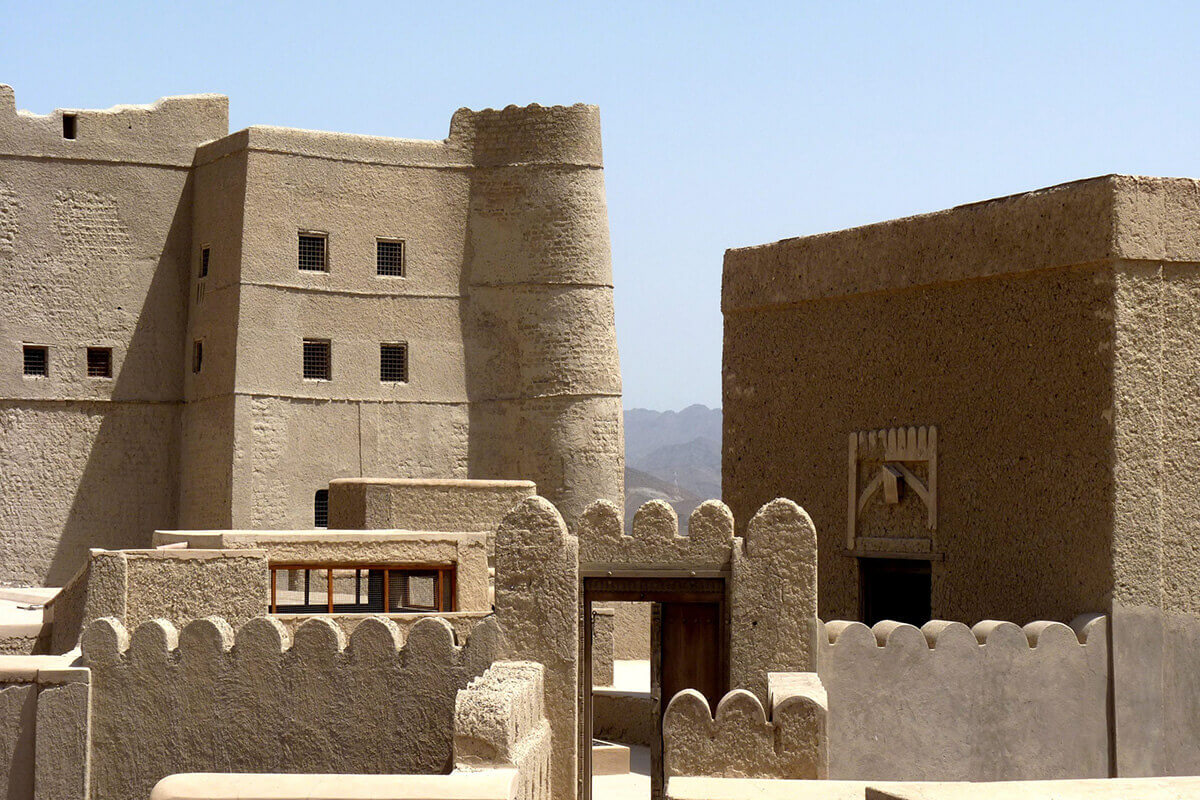
Architectural Wonders of Bahla Fort
Bahla Fort, one of Oman’s most remarkable historical sites, showcases not only the ingenuity of Omani architecture but also the country’s deep cultural roots. The fort is a stunning example of traditional construction techniques, where its materials, layout, and defensive mechanisms have contributed to its lasting presence. As one of Oman’s oldest and most historically significant fortresses, Bahla Fort offers visitors a journey back in time, revealing the sophistication of ancient Omani architecture.
The Fort’s Mud-Brick Construction
Unlike many other forts in Oman, Bahla Fort is built entirely from mud bricks—a construction technique that reflects Oman’s commitment to using locally sourced materials that blend seamlessly with the natural environment. The fort’s walls, which rise to an impressive height of 50 meters, have been reinforced with layers of clay and straw to ensure strength and durability in the harsh desert climate. The use of mud bricks not only helped maintain a cooler temperature inside the fort during the hot summer months but also protected the structure from the intense heat and sandstorms typical of the region.
Stretching over 13 kilometers, the fort’s massive defensive walls encompass the fort and the surrounding oasis, offering a formidable barrier against invaders. The fact that these walls have withstood centuries of wear and tear—be it from the elements or time itself—testifies to the resilience and durability of Omani engineering. The fort’s design is a perfect example of how indigenous materials can be combined with innovative engineering solutions to create a lasting structure capable of withstanding the harsh desert environment.

The Labyrinthine Layout
The design of Bahla Fort is as complex and intricate as the materials it is built from. The fort’s layout features a labyrinth of rooms, towers, passageways, and courtyards, allowing visitors to explore its many hidden chambers and secluded spaces. Each part of the fort was carefully planned and strategically placed to provide functionality for both military defense and everyday life. Narrow staircases and rooftop terraces offer sweeping views of the surrounding landscape, allowing defenders to keep a watchful eye on potential invaders and the surrounding oasis.
Within the fort’s walls, visitors can explore living quarters, administrative buildings, and storage rooms, all thoughtfully arranged to support the daily activities of those who once inhabited the fort. The maze-like design also ensured that residents had multiple escape routes in case of an attack, making the fort both a symbol of Omani resilience and a highly advanced military structure.
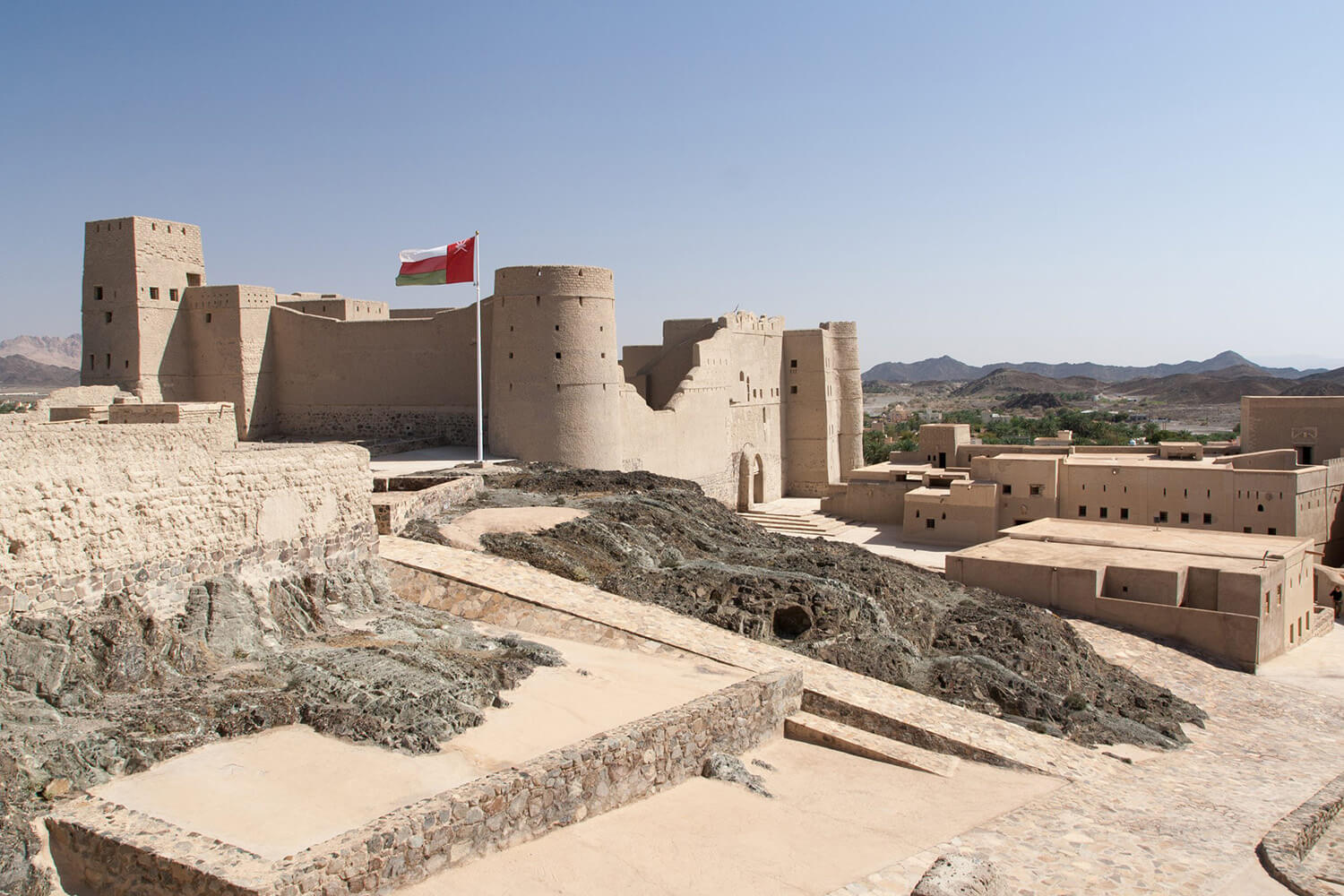
The Defensive Mechanisms
Bahla Fort was designed with the utmost attention to military precision, incorporating a variety of defensive features to withstand sieges and attacks. Watchtowers positioned throughout the fort provided a commanding view of the surrounding areas, alerting defenders to any approaching danger. The strategic placement of gateways allowed for controlled access to the fort, while its fortified walls served as a barrier against enemy advances.
One of the most remarkable aspects of the fort’s defense system is its water storage system, which allowed the fort to withstand long periods of siege without compromising its supply of fresh water. Additionally, the fort’s architects integrated secret tunnels and underground storage rooms that provided hidden access points, allowing residents to move discreetly in times of conflict. These ingenious features not only added to the fort’s military capabilities but also showcased the advanced planning and foresight of its builders.

Bahla’s Cultural and Spiritual Significance
Beyond its architectural marvels, Bahla Fort holds a deep cultural and spiritual significance, both for the people of Oman and for visitors seeking a deeper connection to the country’s history and folklore. The fort’s connection to local traditions, religious practices, and mystical tales makes it a fascinating place to explore.
The Connection to Omani Folklore
Bahla is steeped in mysticism and folklore, and many local legends have been passed down through generations, further enhancing the fort’s allure. The fort is often associated with stories of jinn (spirits) and magic, making it a subject of fascination for those interested in the supernatural. One of the most enduring legends is that the fort’s walls were built overnight by spirits, which adds an air of mystery to its already impressive structure.
Visitors often report strange happenings and unusual occurrences while at the fort, further fueling the belief in its mystical qualities. Whether or not these stories are true, the atmosphere at Bahla Fort certainly invites a sense of wonder and intrigue, allowing visitors to explore the legends that have shaped the identity of this ancient site.

The Influence of Islam
Within the fort complex, visitors can find remnants of ancient mosques and prayer halls, which reflect the significant role that Islam played in shaping the cultural and spiritual life of the region. These religious sites within the fort served as places of worship and spiritual reflection for the residents, marking the fort as not only a military stronghold but also a center of Islamic culture and practice.
As one of the earliest Islamic sites in Oman, the fort represents the deep integration of religion into everyday life, with the remnants of mosques and prayer rooms providing insight into the spiritual practices of the fort’s inhabitants. The fort’s role as both a military and religious center highlights the multifaceted nature of its significance in Omani history.
Bahla’s Handicrafts and Traditions
In addition to the fort, the town of Bahla is renowned for its rich traditions in pottery and handicrafts. The skills of Bahla’s artisans have been passed down through generations, making it a key destination for those interested in Oman’s artistic heritage. The town’s pottery workshops are famous for producing beautiful clay items, many of which are still made using techniques that date back centuries.
Visitors to Bahla can explore local markets, where they can purchase authentic, handmade Omani pottery, as well as other handicrafts that showcase the region’s rich artisanal heritage. These items make for unique and meaningful souvenirs, offering a glimpse into the time-honored craftsmanship that continues to thrive in Bahla.
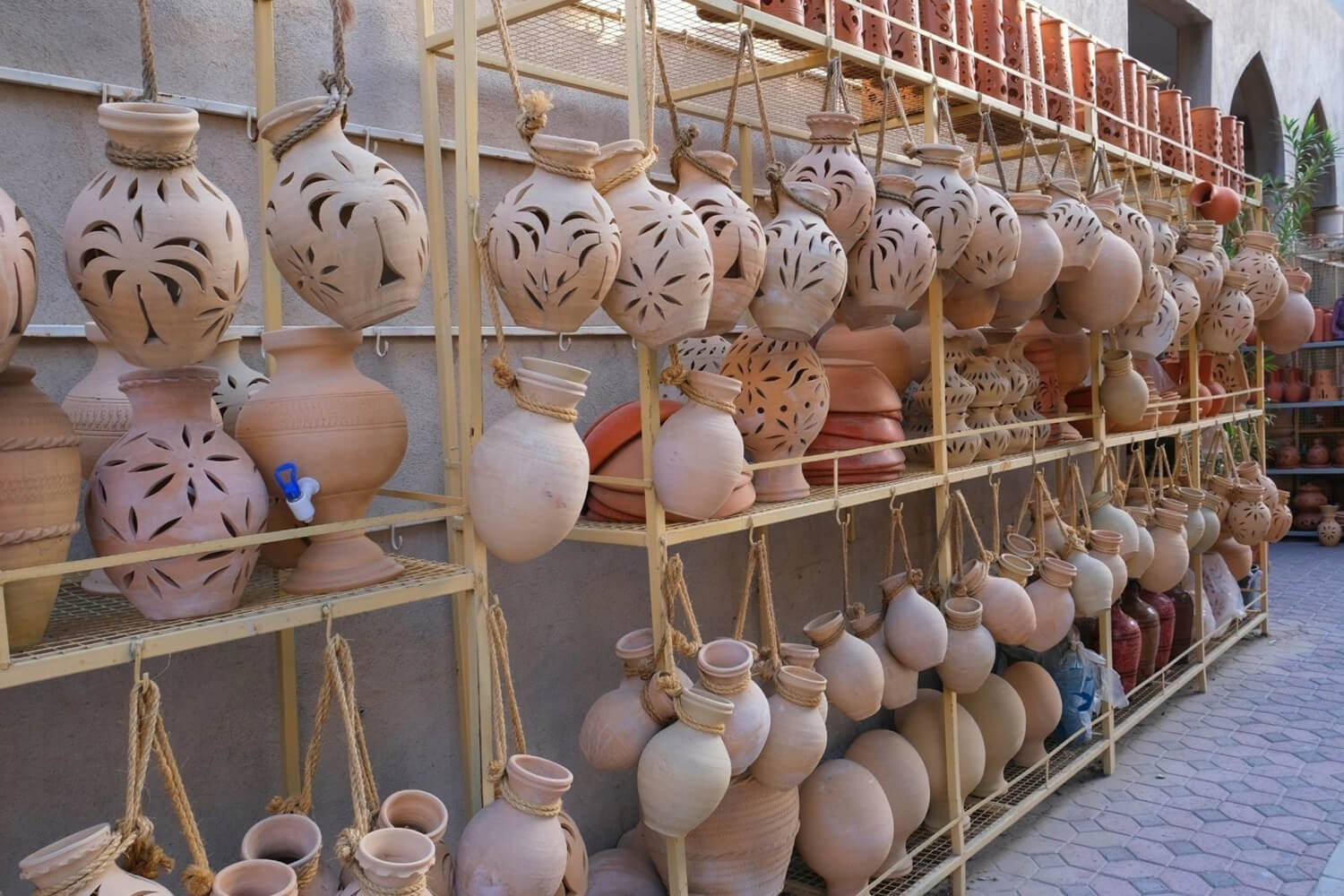
Planning Your Visit to Bahla Fort
How to Get to Bahla Fort
Bahla Fort is located approximately 200 kilometers from Muscat, making it a convenient day trip from Oman’s capital. The drive to the fort is scenic, passing through picturesque landscapes and desert vistas, providing visitors with a glimpse of Oman’s natural beauty. The easiest way to reach the fort is by car, although guided tours are available for those who prefer to learn about the history and significance of the fort from an expert guide.
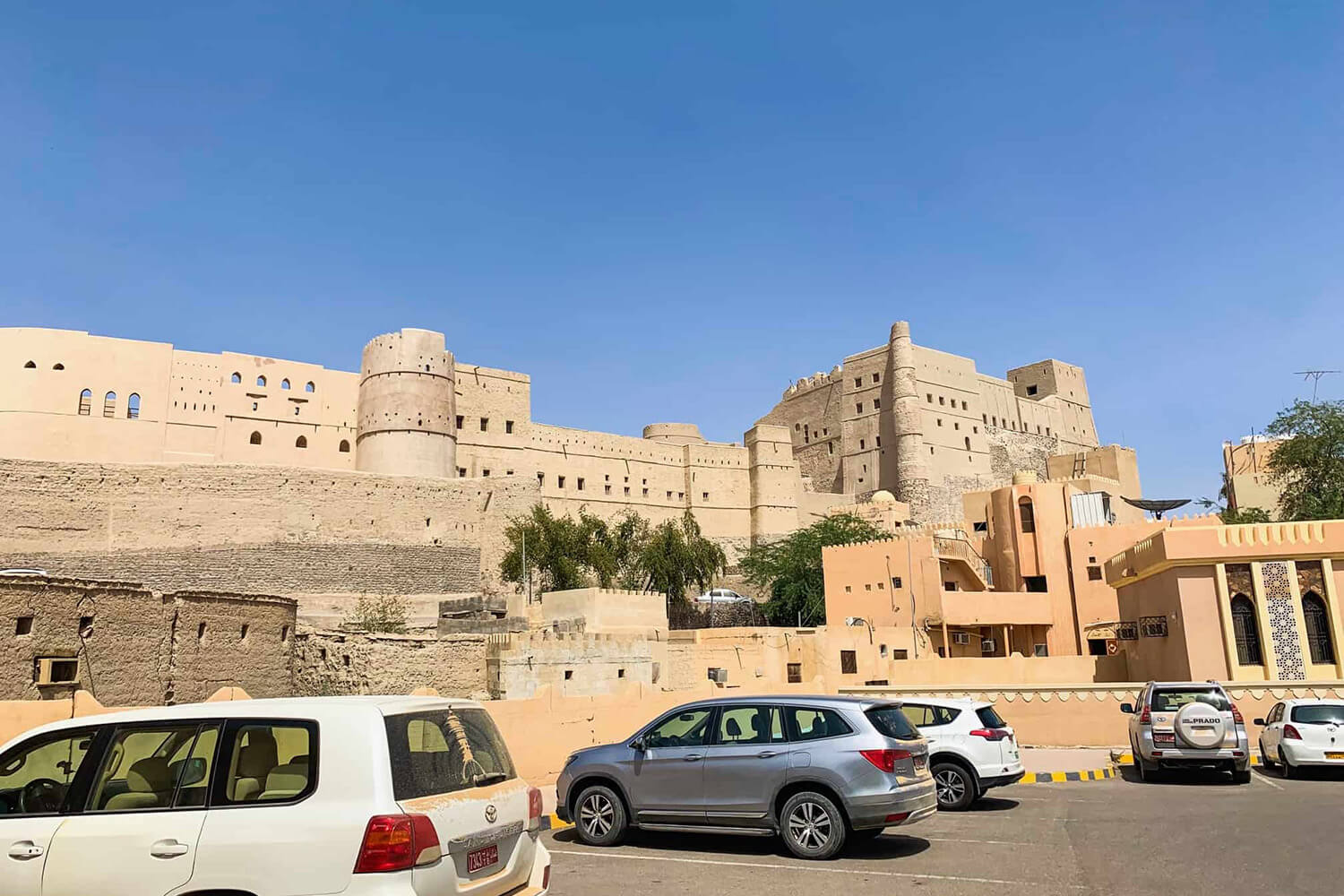
Best Time to Visit
The best time to visit Bahla Fort is during the cooler months, from October to April, when temperatures are more comfortable for exploring the fort’s vast grounds. During this period, visitors can enjoy a pleasant climate that makes walking through the fort’s many corridors and staircases more enjoyable. The fort is open to visitors throughout the week, and guided tours are available for those who want to delve deeper into its history.
Nearby Attractions to Explore
While in the Bahla area, visitors can also explore other historical and natural attractions that are just a short drive away:
Jabrin Castle: A stunning example of Omani architecture, Jabrin Castle is known for its beautiful interior and well-preserved features. It provides a deeper insight into Oman’s history and offers another impressive fortress to explore.
Al Hoota Cave: Located near Bahla, Al Hoota Cave is one of Oman’s most famous cave systems, featuring a subterranean lake and unique rock formations that offer a fascinating underground experience.
Nizwa Fort: Another key historical site in Oman, Nizwa Fort provides visitors with a glimpse into the country’s military past and offers sweeping views of the surrounding area.
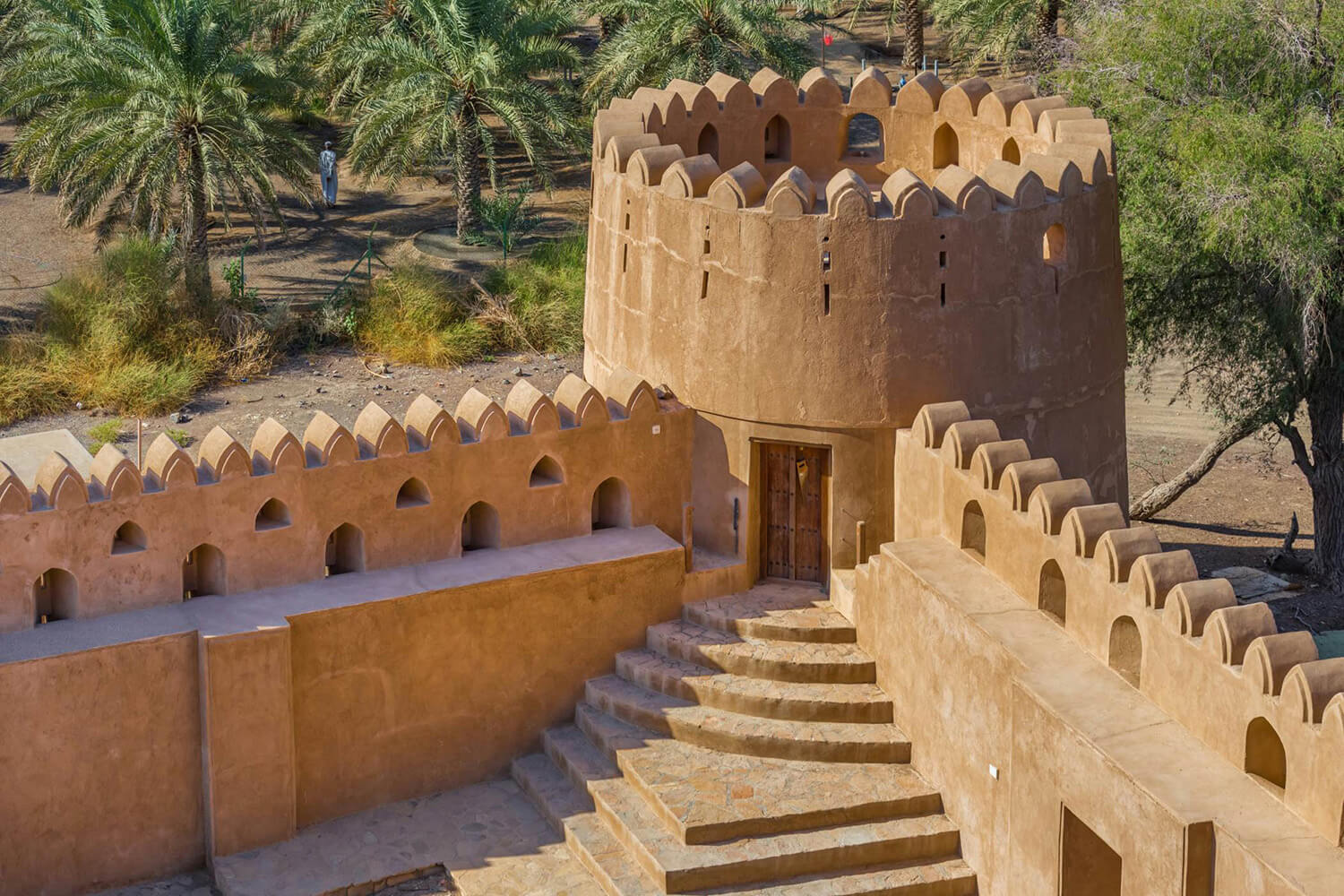

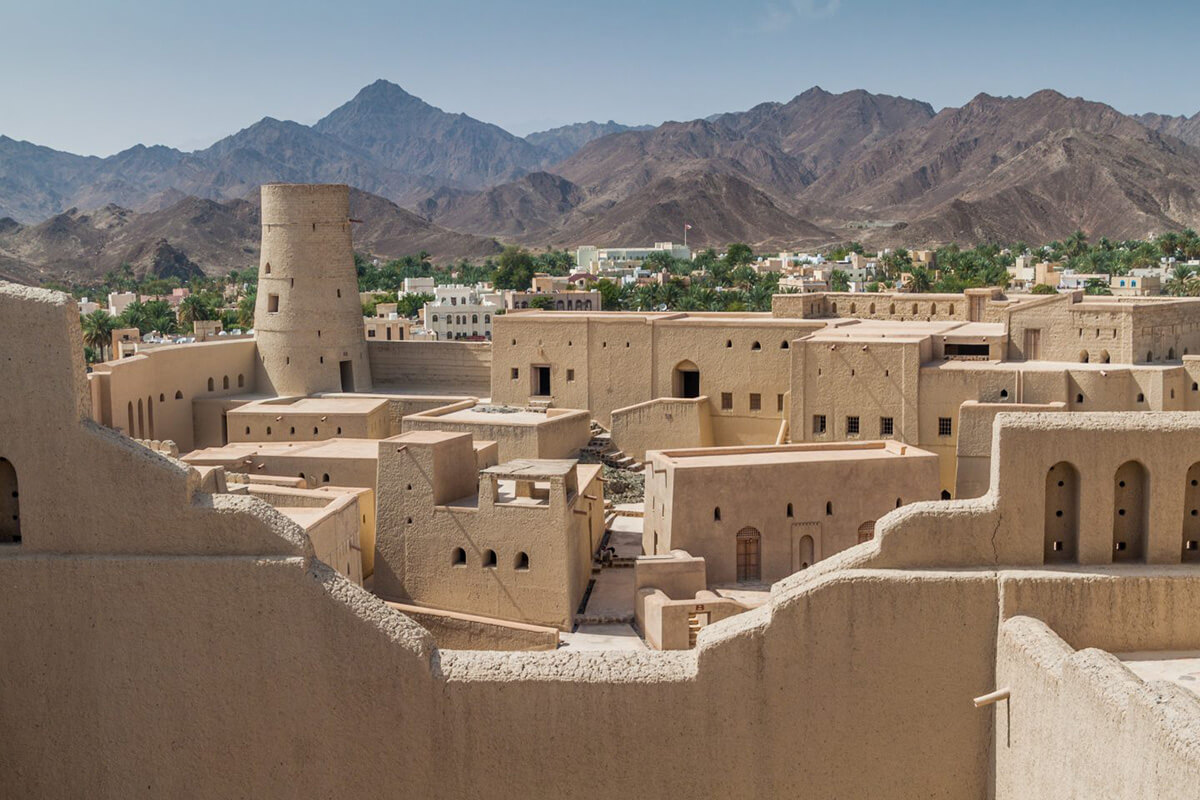
0 Comment